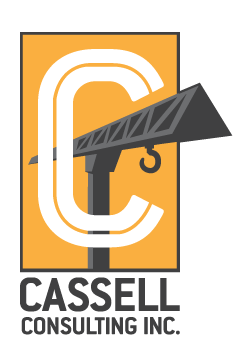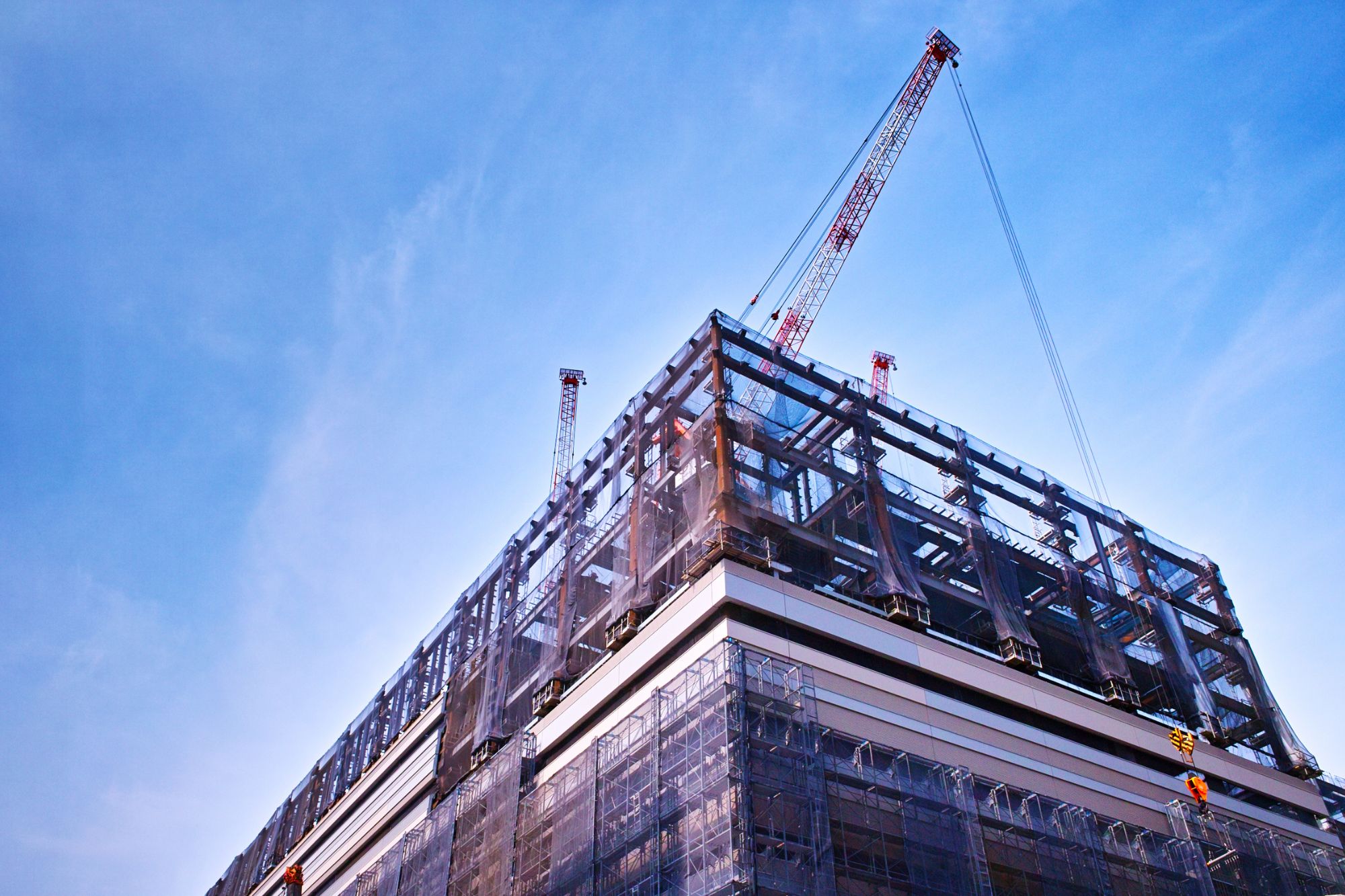Here we are in mid-December 2010, hard to believe another year has come and (nearly) gone. For good measure, we’re in the second year of the second decade of the Twenty-First Century, A.D. Time flies when you’re having fun- or are we? To say the year’s been difficult for construction is obvious. Nonetheless we know companies doing very well in spite of the general economy and the sad state of lending that’s holding back private construction. Department of Defense and Economic Stimulus work are still propping up most of the work that we’re involved with. Small business set-asides and 8-A contractors are enjoying advantaged positions on highly-profitable work. We’re still seeing public construction going at deep discounts, as good companies are taking turns “winning” jobs seemingly at cost or 1-2% margins. It’s clearly an unsustainable pattern that can’t continue. It can’t continue, right? (Please tell us it can’t continue). We are grateful in our small niche that business is up considerably from last year. Those companies with the wherewithal to be profitable through the recession are tweaking their systems, improving productivity and process to stay a step ahead, which has helped us.
The SAME conference in Seattle back in October revealed the ambitious plans for the continuing expansion of D.O.D. facilities in several theaters, particularly Alaska, Hawaii, and the Pacific. Guam is seeing projects in excess of $300 Billion, and while leading D.O.D. facility growth, it’s not alone. The US Military has made a huge commitment to sustainable energy initiatives. Retrofits of that nature comprise another huge segment of their budget for the next decade. Another strong segment in which Contractors are profiting is the alternative delivery project segment. Innovative partnering agreements are spreading risk using non-traditional construction documents, and achieving results not possible with the old (outmoded?) low-bid system. BIM is an inveitable component of these projects, and improved schedule performance is becoming a given. Recent announcements in this area include Skanska’s plans to build the largest net-zero building ever, (scheduled to start construction in Portland in 2011. And Tutor-Perini’s successful proposal to build the Hwy-99 Viaduct replacement in Seattle is larger (allowing 8-ft shoulders on both sides), and faster (one-year earlier completion), than DOT’s RFP requirements.
As always in our world, the only constant is change. What are you doing to prepare for the challenges that await us in the coming year?




